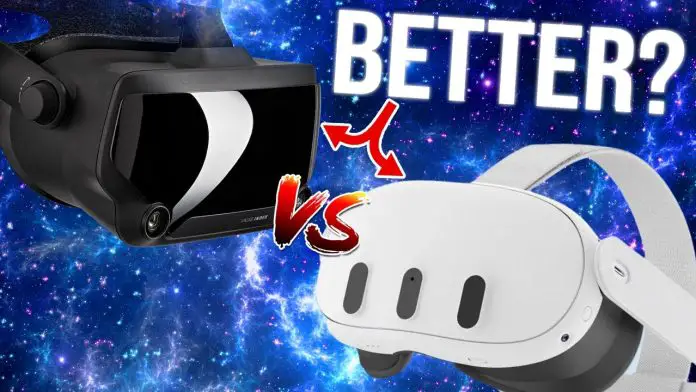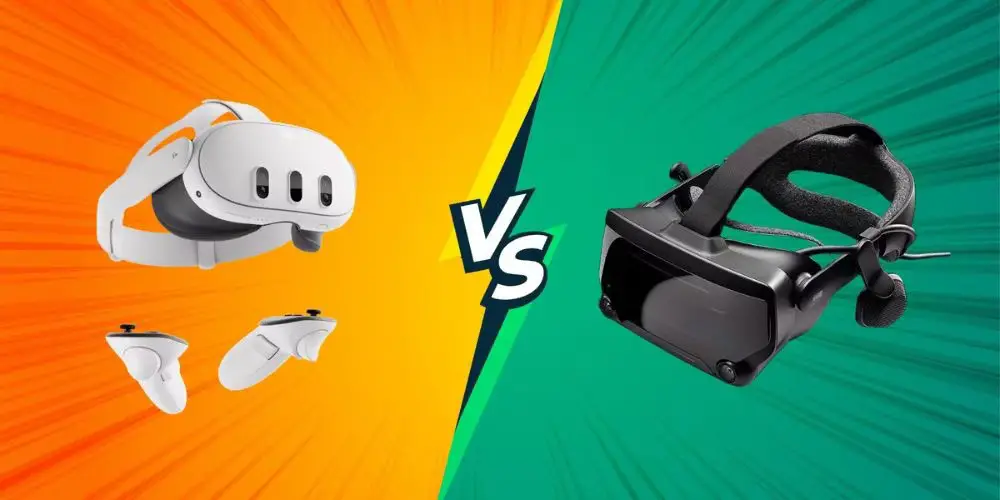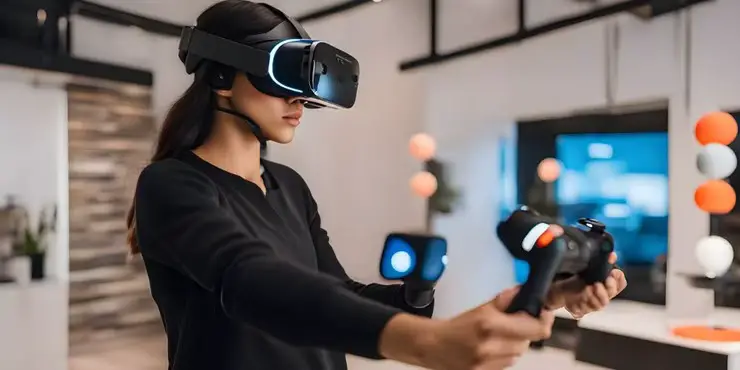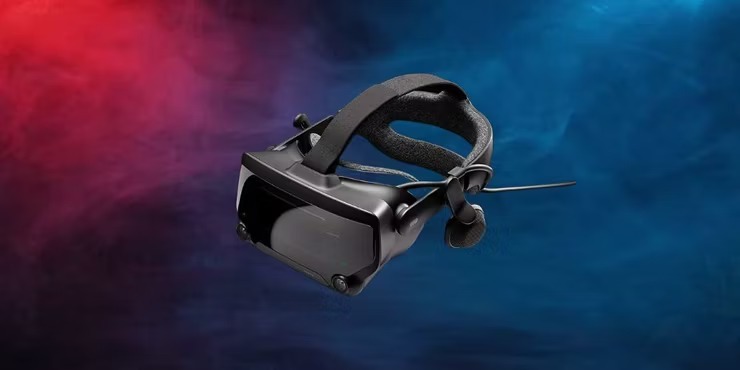With their brand-new Quest 3, Meta is aiming towards VR dominance, claiming advancements like as mixed reality capabilities and better aesthetics. Can this dazzling newcomer unseat Valve’s Index as the enthusiast’s preferred headset? The Index has smooth 144Hz graphics and intelligent finger tracking Knuckles, whilst the Quest 3 includes enhancements such as mixed reality and better displays.
In this essay, we will compare both giants in terms of graphics, performance, content, design, tracking, and other factors in order to evaluate which of the two headsets is worth your money. Will the Index retain its throne? Is it possible for Quest 3 to dethrone an icon? Stay tuned to discover out.
| Meta Quest 3 | Valve Index VR | |
|---|---|---|
| Brand | Meta | Valve (Steam) |
| Resolution (per eye) | 2064×2208 | 1440 x 1600 |
| Display Type | 4K+ Infinite Display | LCD |
| Connectivity | Wi-Fi 6E | USB, DisplayPort 1.2 |
| Audio | Integrated stereo speakers with 3D spatial audio | integrated speakers, 3.5mm port |
| Weight | 515 grams | 809 g |
| Refresh rate | 90Hz, 120Hz (experimental) | 80Hz, 90Hz, 120Hz, experimental 144 Hz mode |
Visuals And Display
Meta concentrated significantly on enhancing visual quality in Quest 3. The new “Infinite Office” displays have a resolution of 2064 × 2064 pixels per eye, which is a 50% improvement over the resolution of the Quest 2. This equates to about 1100 PPI, resulting in clear and detailed graphics while also decreasing the screen door effect found in previous headsets.
In comparison, the Valve Index has twin 1440 x 1600 LCDs for a total resolution of 2880 x 1600. Although the overall resolution is higher than that of the Quest 3, it is spread out throughout the Index’s broader field of vision. The Index, in particular, offers a diagonal field of vision of 130 degrees, compared to 110 degrees horizontally on the Quest 3.
In terms of pure resolution, the Quest 3 has around 25% more pixels per inch, resulting in crisper and more detailed image quality overall. Both headsets, however, outperform 1080p resolution per eye and deliver a strong sensation of high definition graphics.
The Index has a considerable edge in terms of field of vision, with a class-leading 130-degree diagonal FOV. When compared to the Quest 3’s 110-degree horizontal FOV, this enhanced field of vision greatly boosts perceived picture size and immersion. The Quest 3, on the other hand, has greater pixel density on its panels, making it the leader in terms of visual detail.







